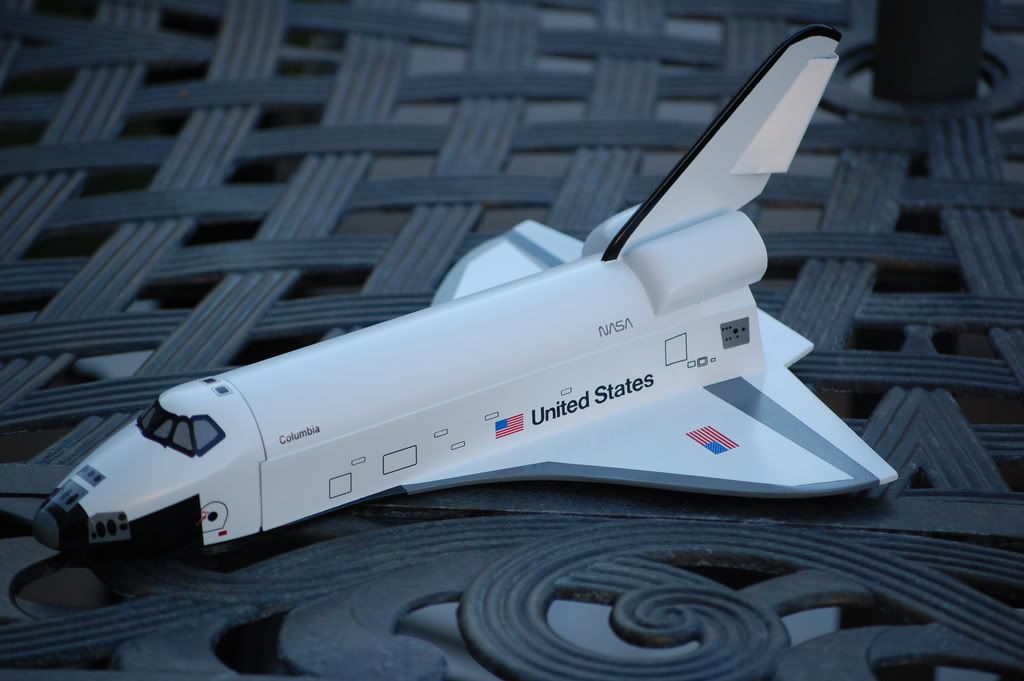I have used Aerogloss Sanding Sealer and Balsa Fillercoat. (Not often, but I have used them.) I think that the two products work best when they are used together. Recently I surface-prepped a set of balsa fins by brushing on a couple of coats of sanding sealer, lightly sanding them with 320 grit after the second coat, and then I followed that up with three or four coats of balsa fillercoat, sanding with 320 grit after the first couple of coats, and then with 400 grit after the final coat (or two coats, I can't remember). Then I finished up with another coat of sanding sealer, sanding with 600 grit afterward. The finish is surprisingly hard and glass-smooth.
My answer to the question of how many coats should one apply is: keep applying the product and sanding after each coat until the grain disappears. Hold the piece up and look at how light reflects off of the surface to judge if you have done enough. If any roughness is visible in the light reflection, then you aren't done yet. Get that surface SMOOTH before you start applying primer and paint. You will be amazed at how good your paint job looks when you start with a smoothly finished surface.
Using Aerogloss Sanding Sealer and Balsa Filercoat together seems to reduce the number of coats that are needed in comparison to using either product alone.
MarkII









